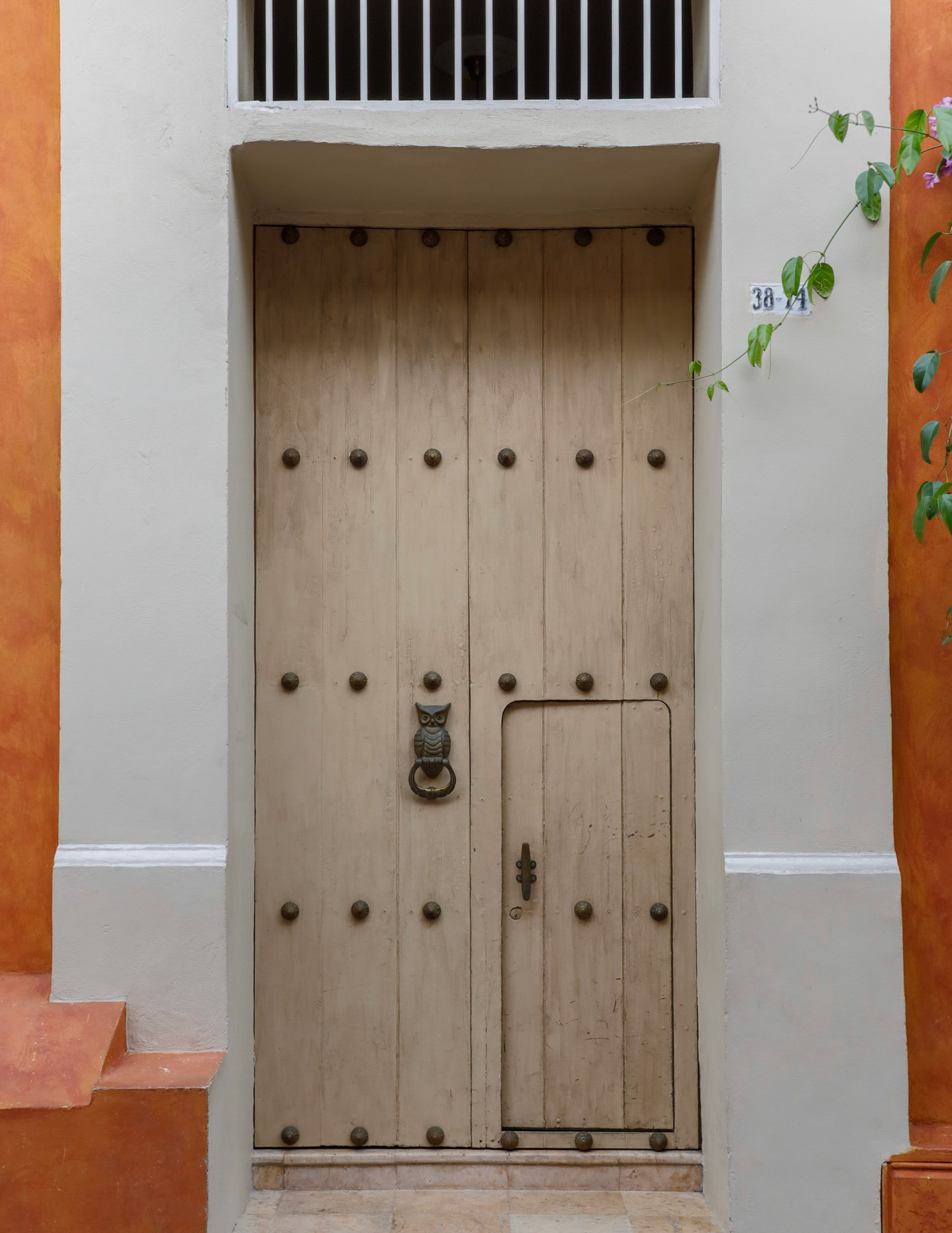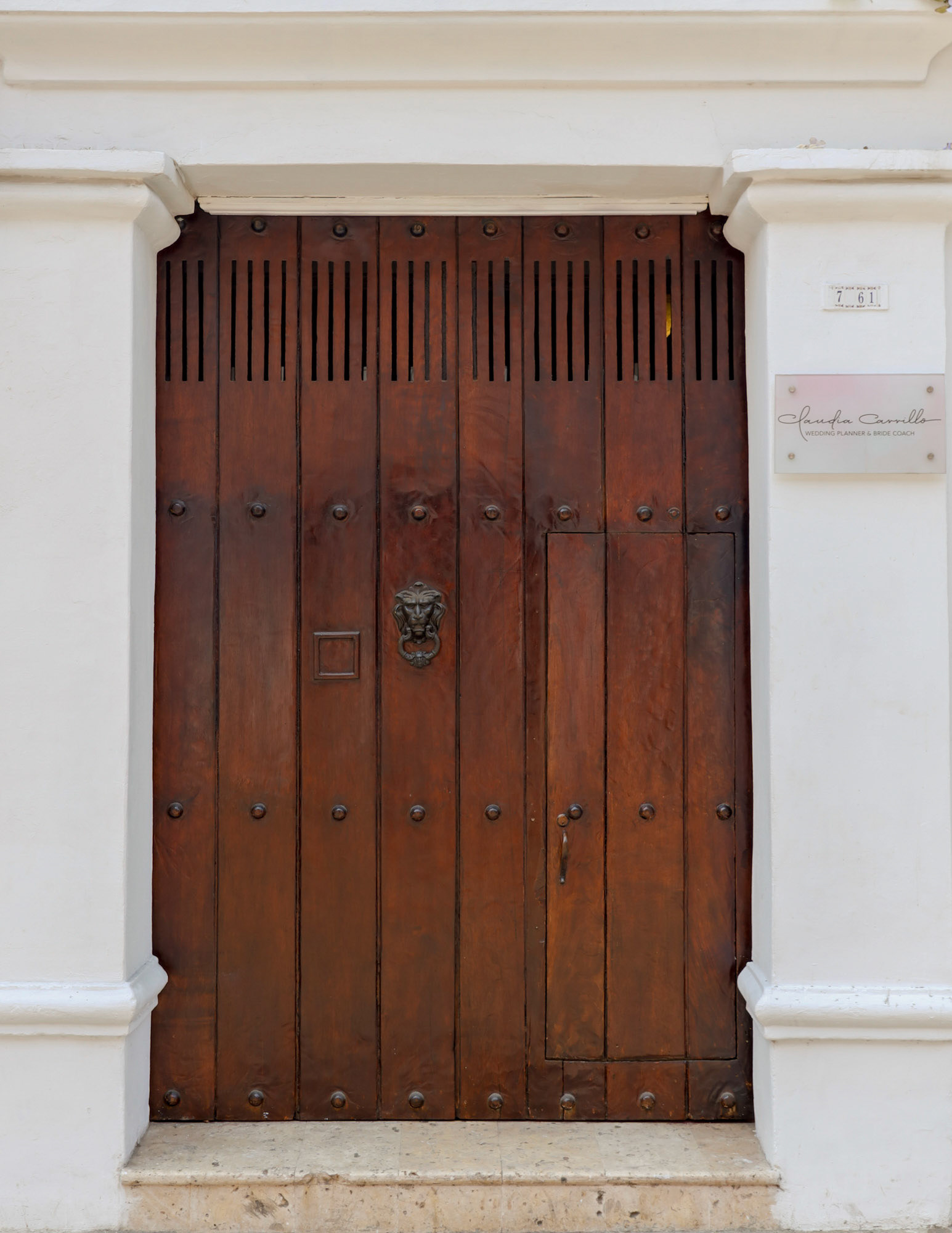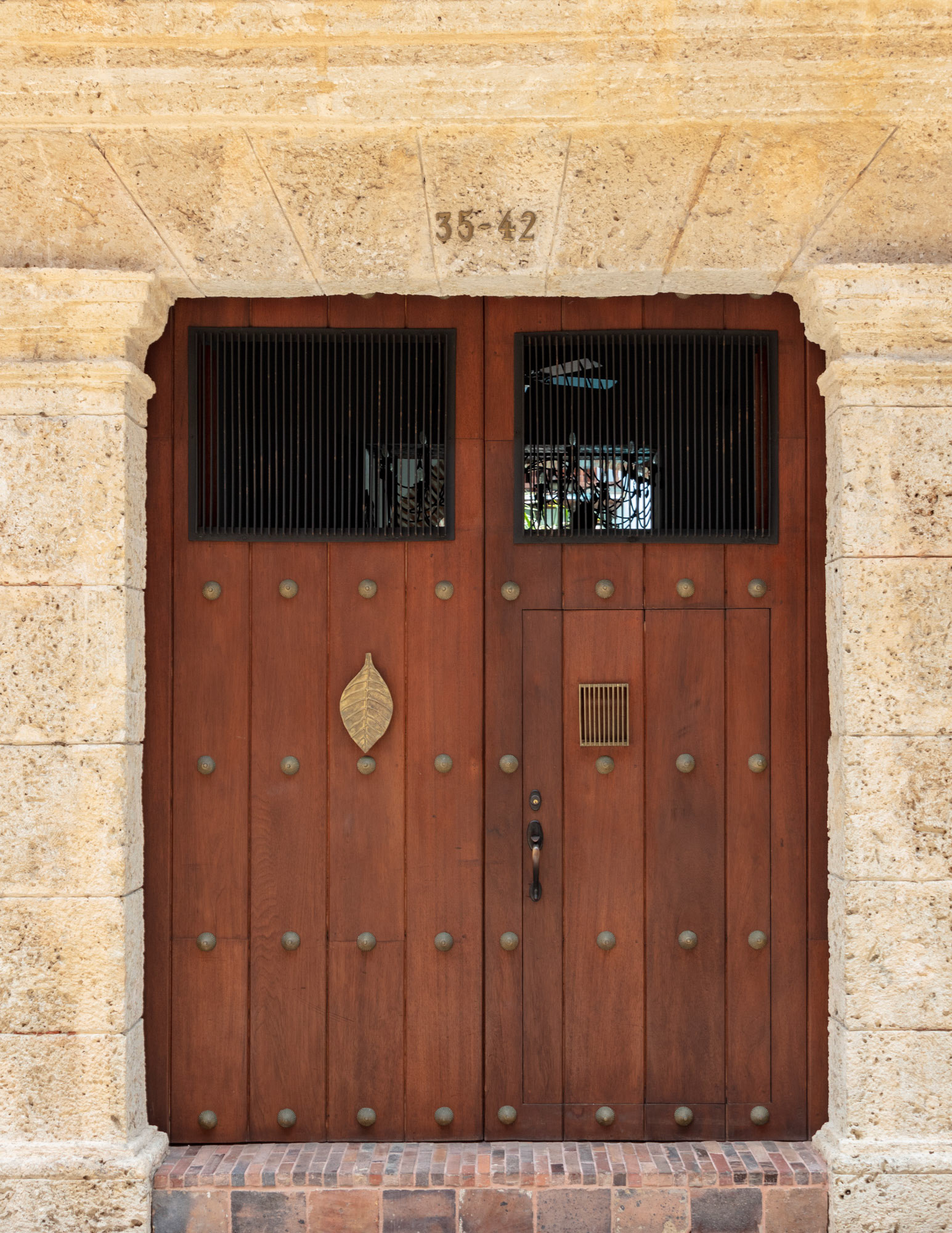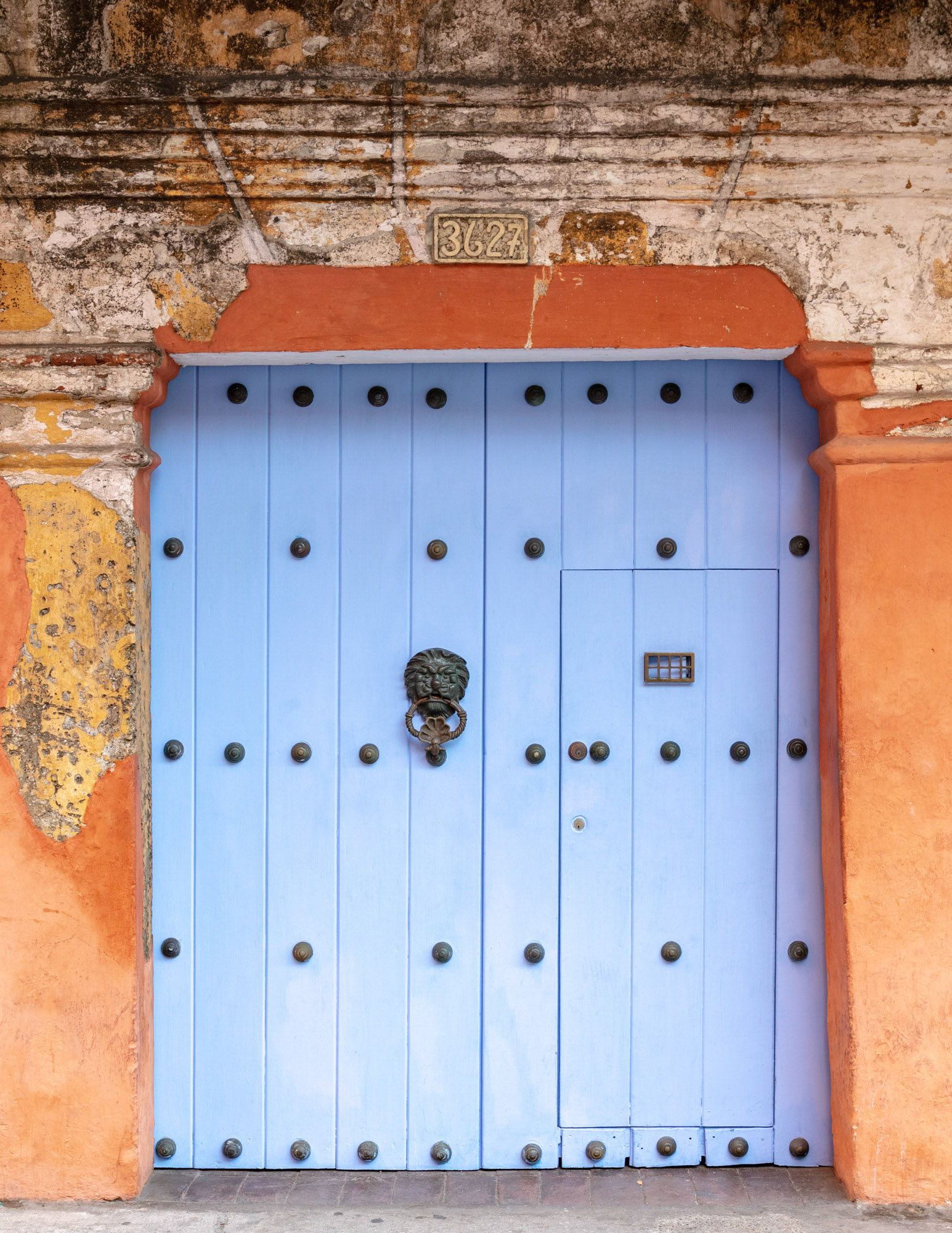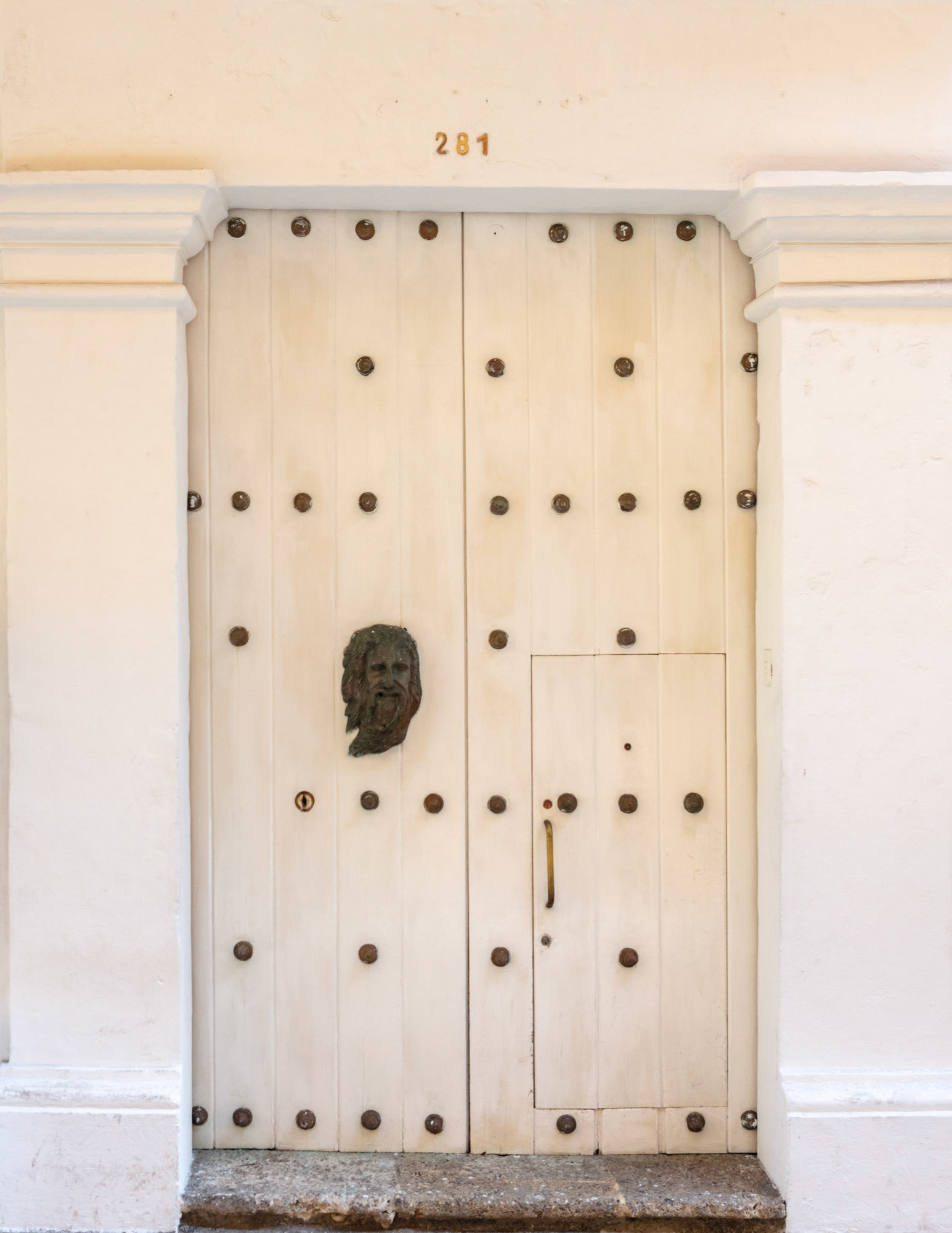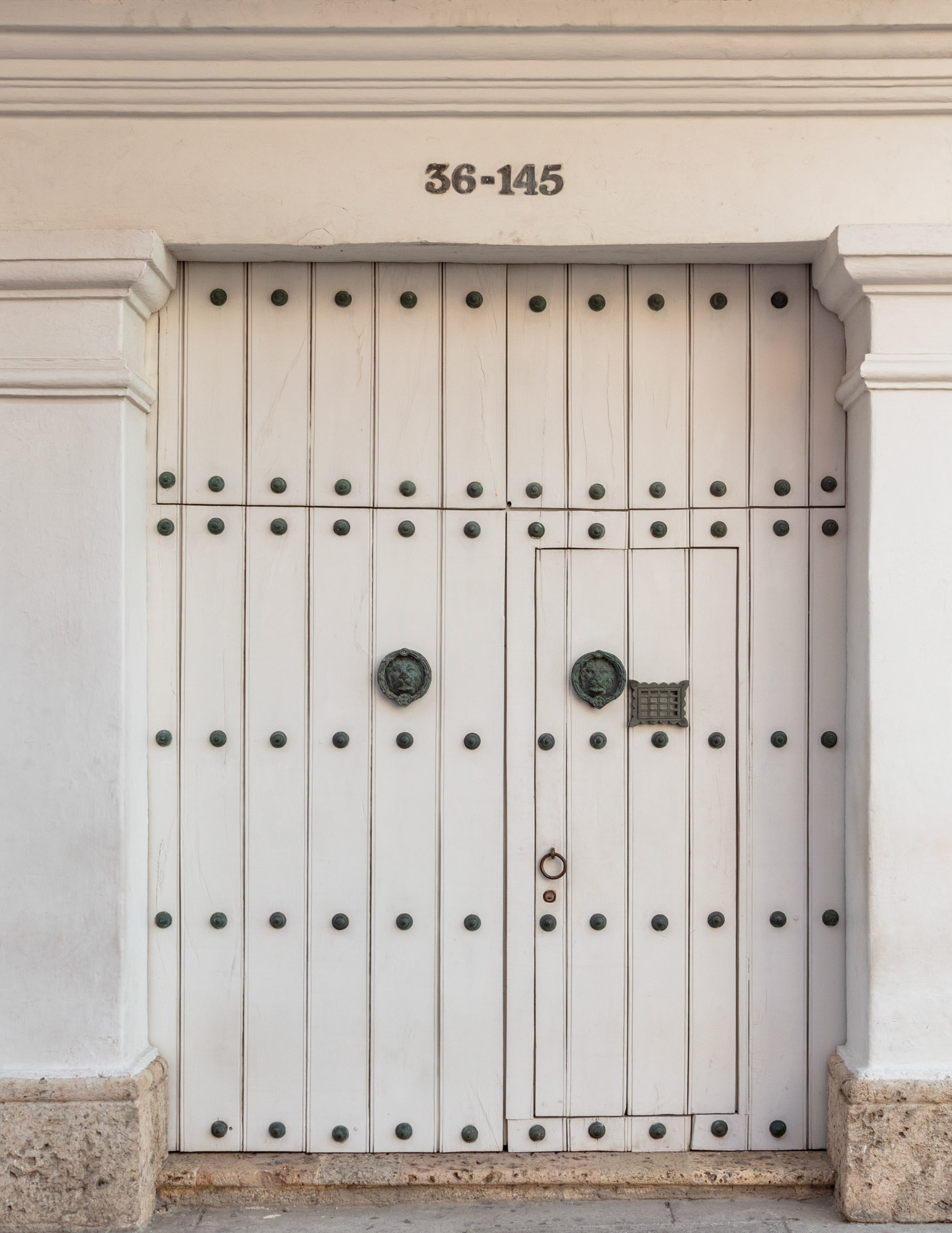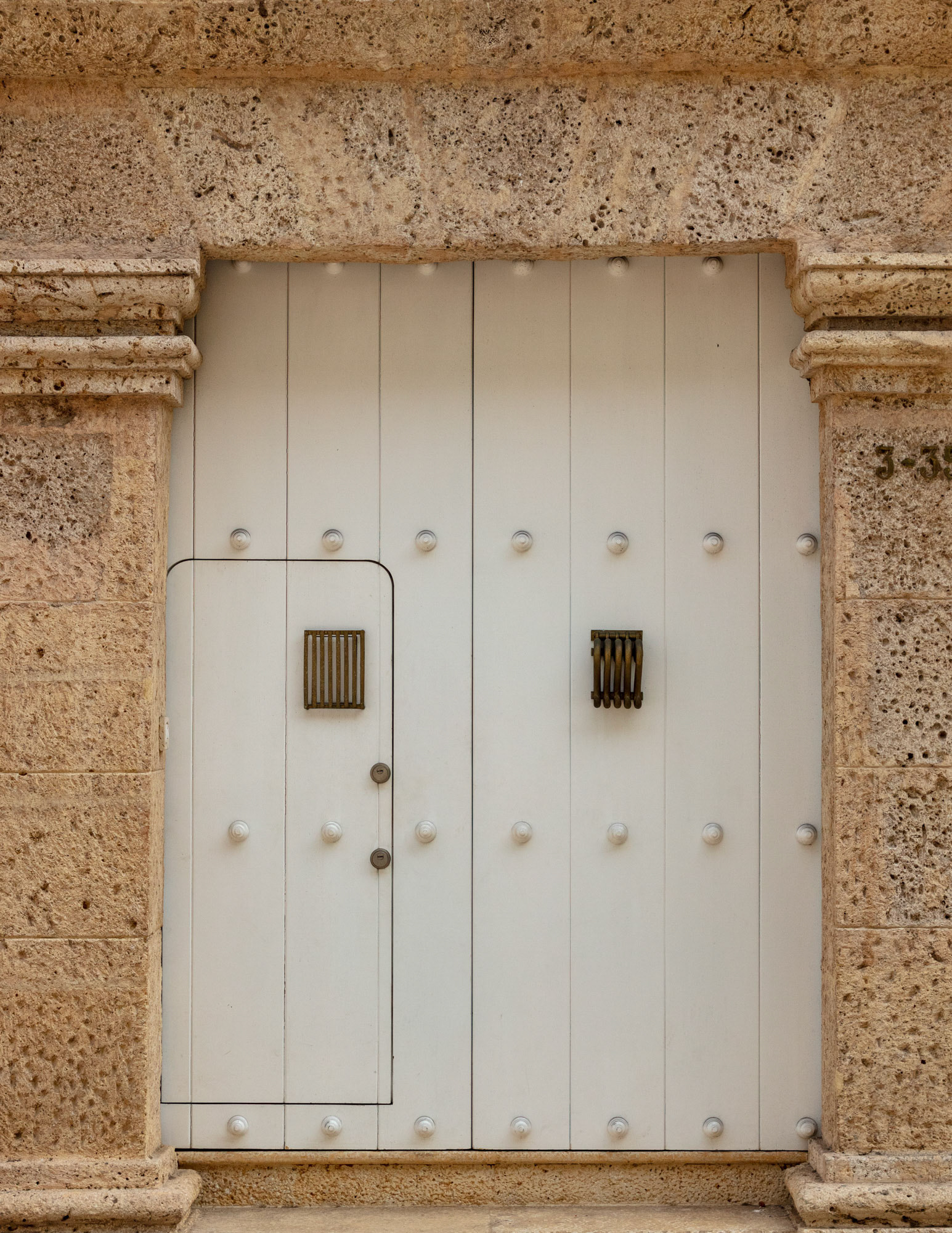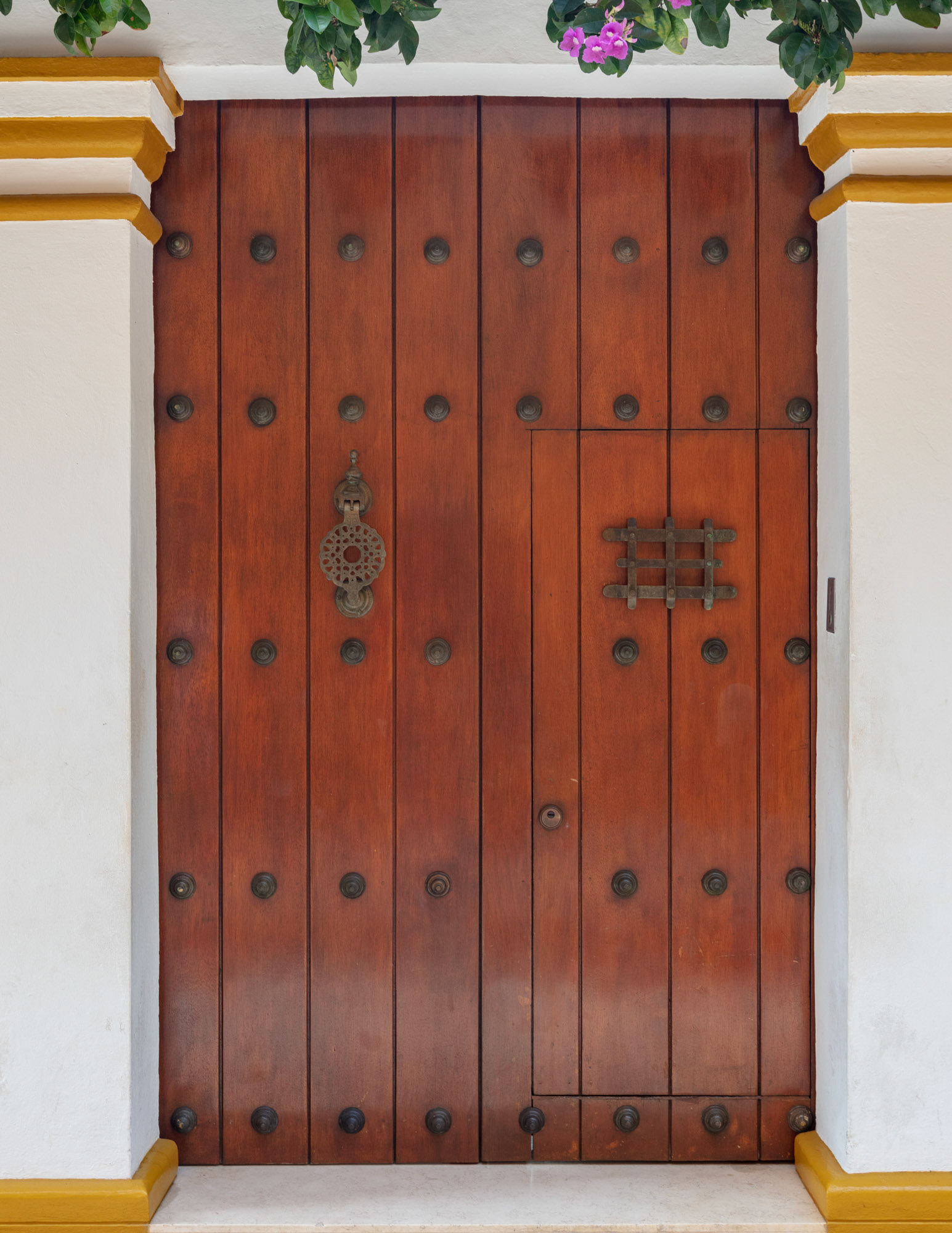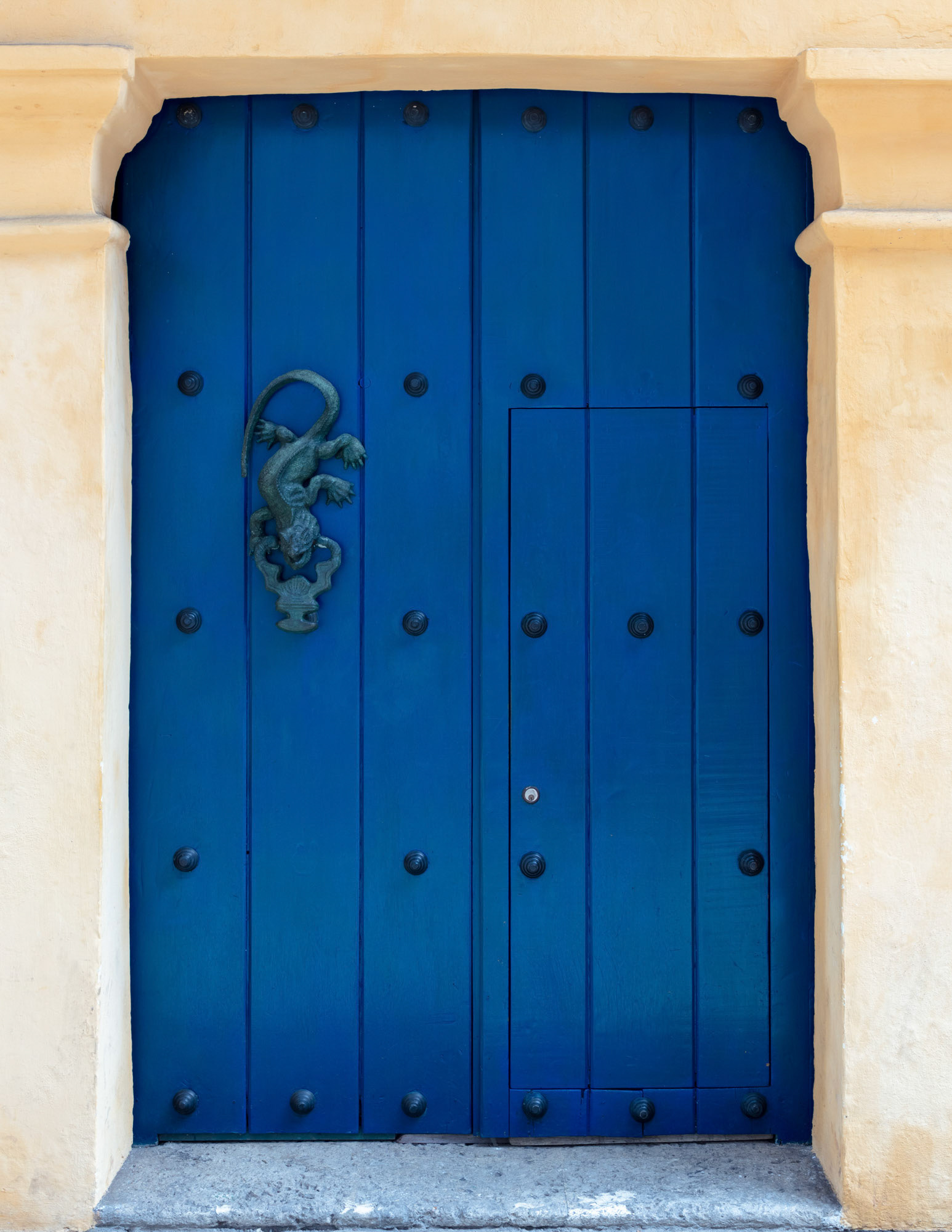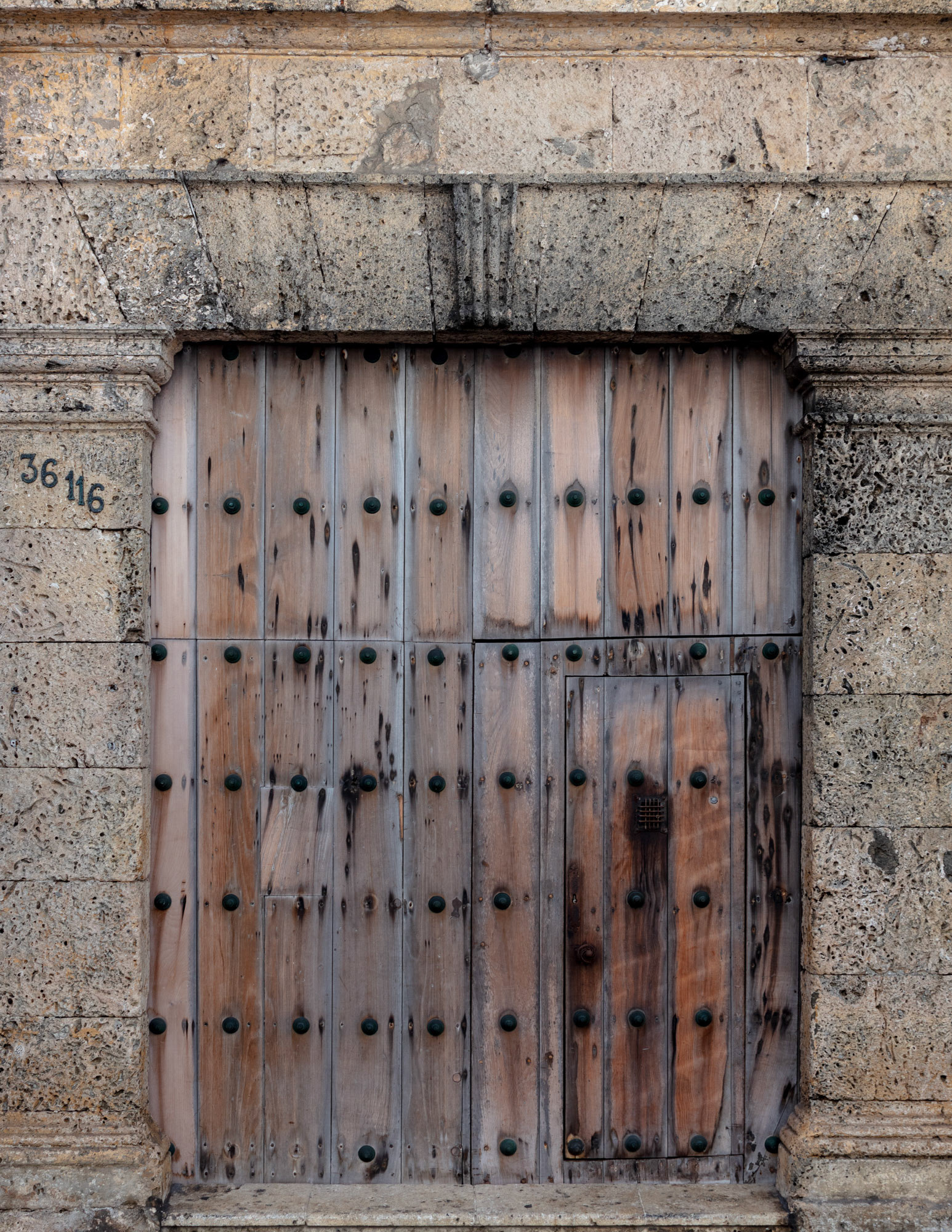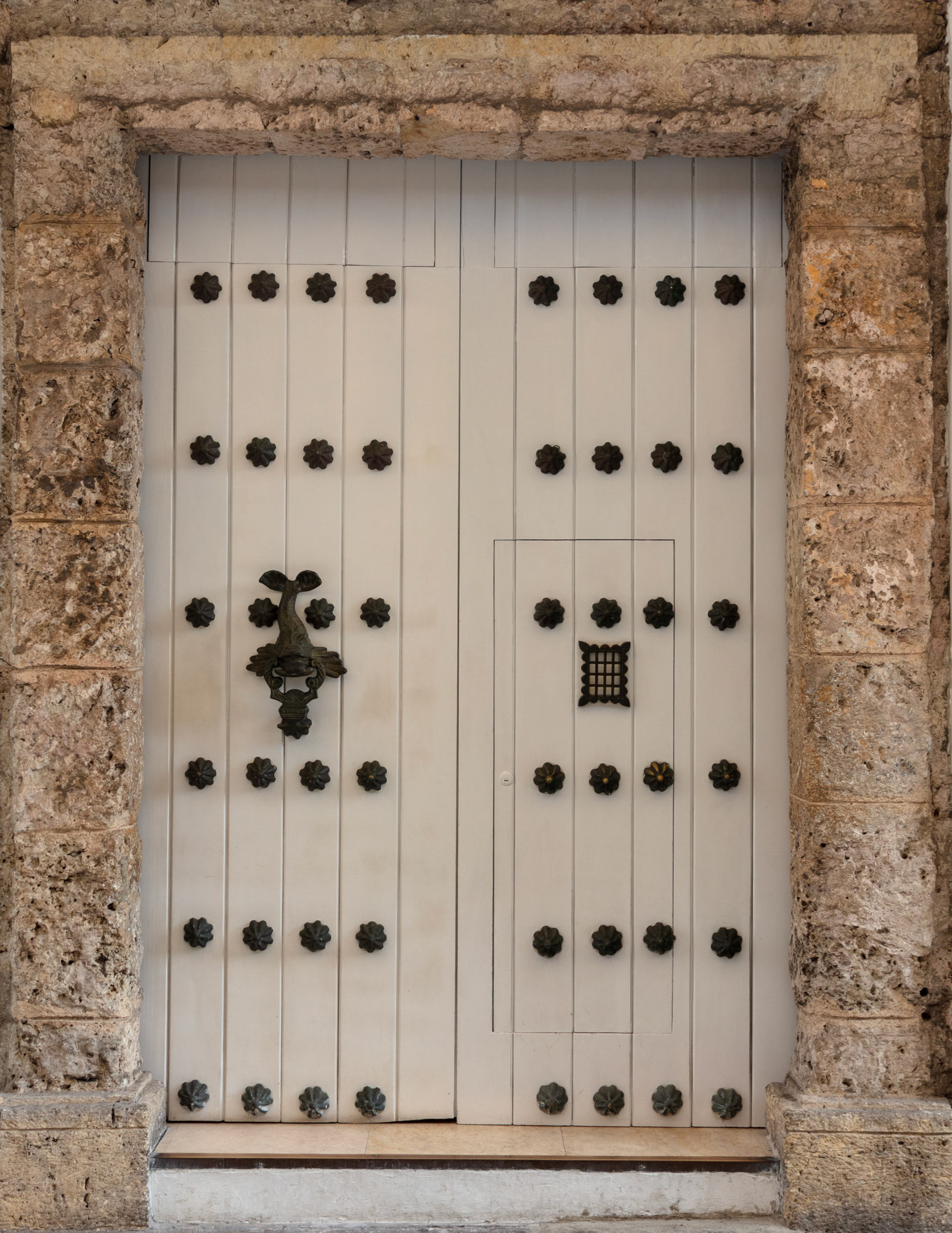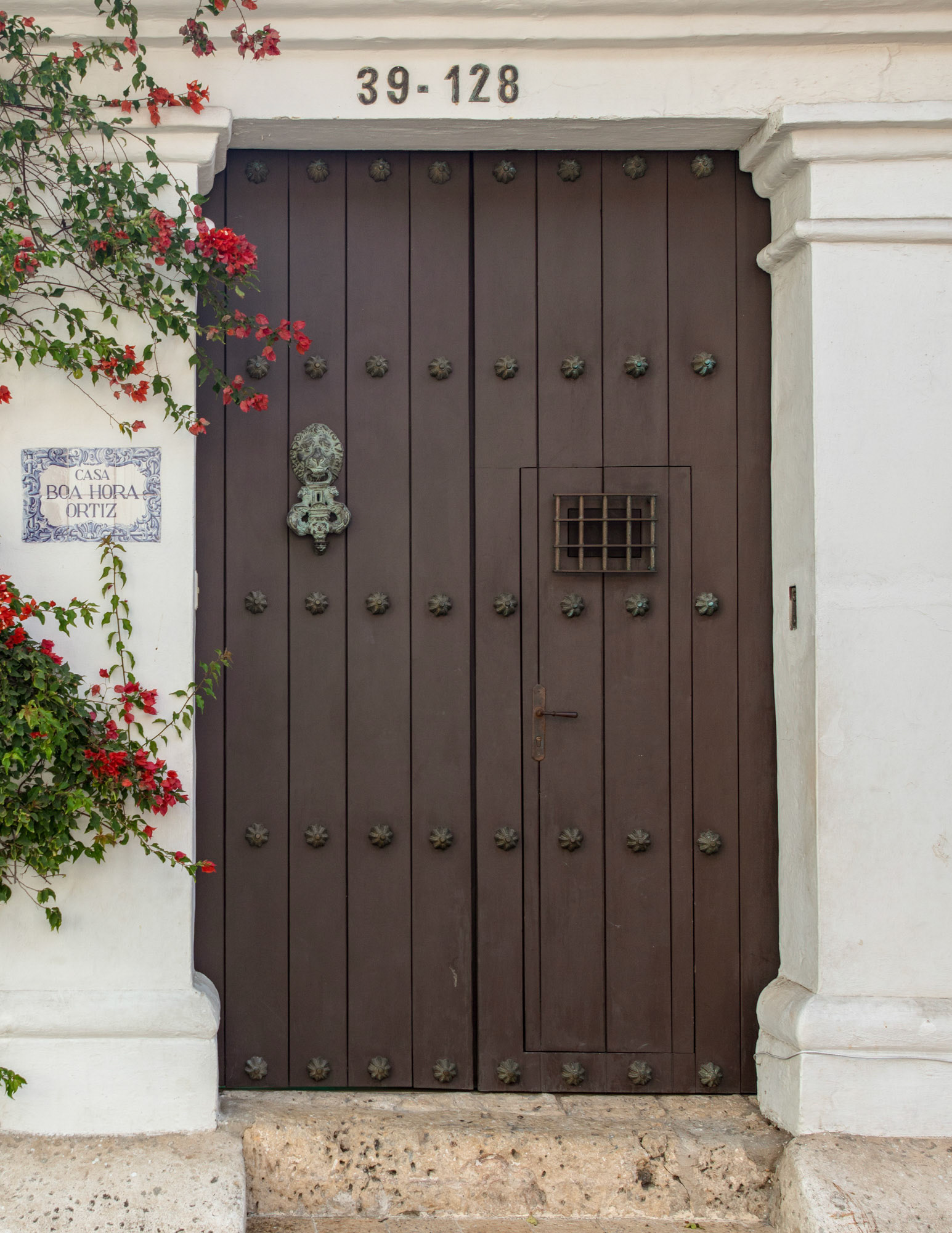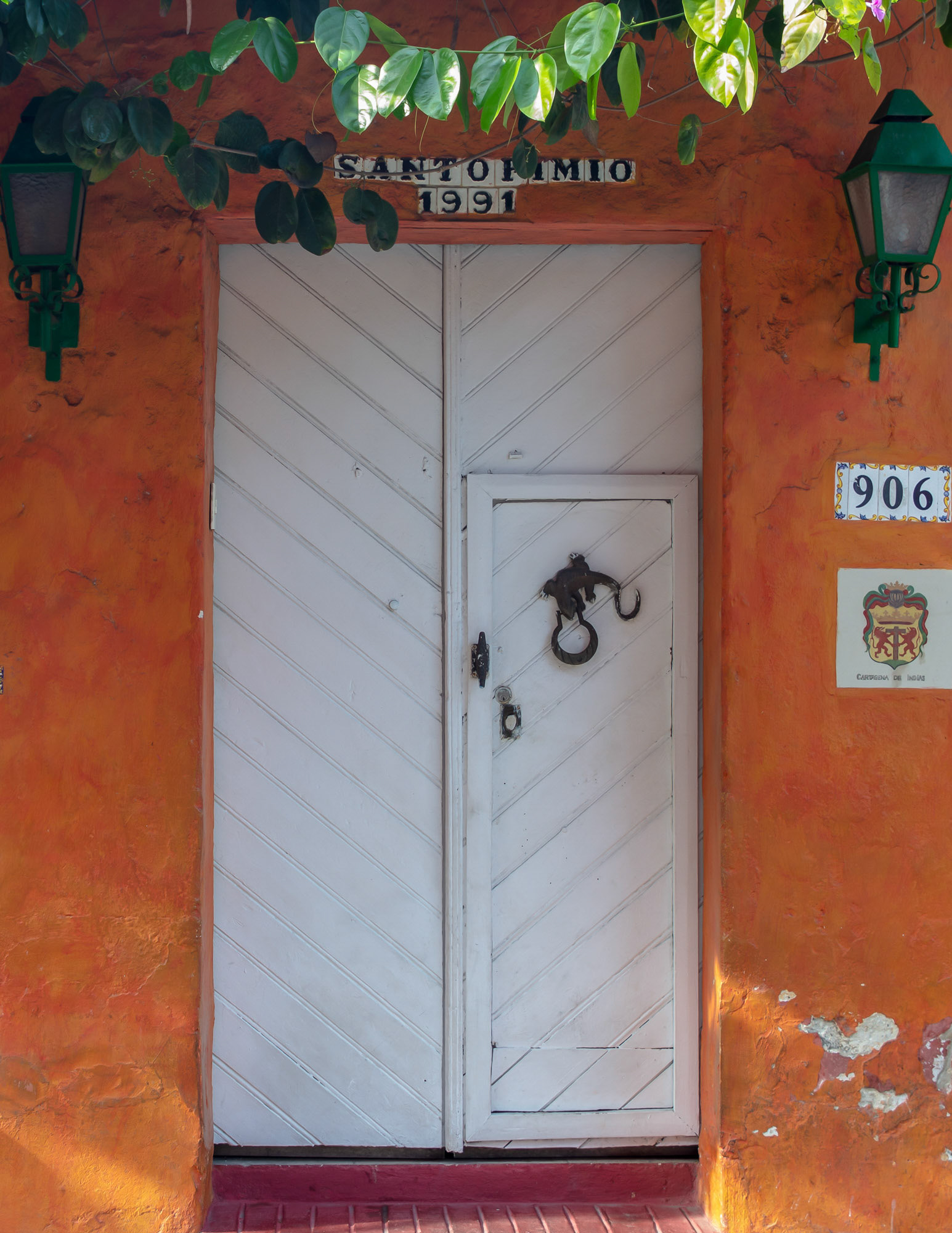A door, sometimes referred to as a portal when it pertains to a primary entrance, is a versatile construction component manufactured industrially using various basic materials. In architectural contexts, doors serve to divide spaces, facilitating both their separation and access between them. They come in diverse types, often equipped with hinge-based metal hardware, and may include complementary features such as locks, padlocks, bolts, and slides.
Throughout millennia, doors have fulfilled both architectural and social functions. In cities, they played a pivotal role in defense, while in homes, they shield us from harsh weather conditions and safeguard our privacy. As openings that enable passage, doors have universally symbolized transitions from one place, state, or level to another. They serve as access points to distinct realities, be they superior or inferior: light and darkness, life and death, ignorance and wisdom, guilt and forgiveness, heaven and hell. Doors perpetually beckon us to journey and invite us into mystery.
Colonial gates or doorways, in particular, feature striking collections of knockers that deserve attention. These knockers, more than mere tools for announcing visitors, are exquisite sculptures in their own right. They are the metal adornments affixed to doors for centuries, serving as a symbol of distinction. In fact, there was a Spanish saying, "To such a house such a knocker," highlighting how knockers were indicative of social class and power. Master blacksmiths crafted these knockers into true works of art, tailoring their forms to the preferences of the homeowners for whom they were destined.

